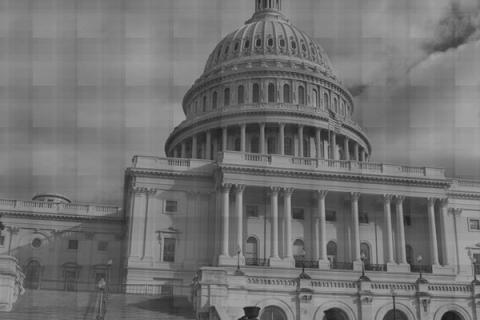Governor Schwarzenegger is proposing the implementation of Automated Speed Enforcement, or ASE, systems across the state to offset proposed budget cuts to state trial courts. Not only does the proposed legislation to snag speeders in California lack any fiscal sense, it represents a direct assault on privacy rights as well as a severe conflict of interests for those prosecuting alleged offenders. Ultimately, this proposal stands as yet another example of “invisible taxation,” a roundabout way of appeasing government bureaucracy while providing monopoly privileges to a particular private sector industry.
According to the administration, ASE would work similarly to existing automated red light enforcement systems by factoring in motorists' speeds as they cross intersections. In fact, current red light enforcement equipment, conveniently enough for the companies that make them, can already detect vehicle speeds and could be easily upgraded to facilitate ASE. The new system would require localities to pay a third party vendor to monitor the ASE network, collect data and determine which instances of speeding should be penalized based on a contract with local policy enforcement agencies. With a private firm collecting photographic data of vehicles and their occupants and acting as the first line of arbitration on city code, such a system is primed for corruption. Its not hard to imagine the plethora of abuses such an unchecked method of “law enforcement” would invite.
In a report issued last month, the Legislative Analyst Office claimed that ASE merits authorization based solely on available research of the accident reduction potential such systems might have. What the LAO is perplexed about, and understandably so, is the proposed schedule for allocating funds collected from ASE fines. Under the current plan, the Trial Court Trust Fund would receive 85% of the revenues collected, while local agencies enforcing the automated system would retain 15%.
What this means is that officers will be writing tickets – ex post facto – on an impersonal basis, with no incentive (and possibly no ability) to assess the legitimacy of each claimed violation. Furthermore, defendants who have the audacity to actually challenge one of these tickets in court will be arguing their case against at least two parties, the citing officer and any and all officers of the court who have a vested interest in making you pay your ASE fine. Its a win, win for everyone...except California commuters unlucky enough to fall victim to one of those occasional glitches inherent in all man-made systems. I assume the administration wasn't necessarily concerned with Due Process when conjuring up this doozy of a law.
What's most interesting about this special interest legislation is its apparent self-defeating fiscal agenda. If the state hopes to catch more people speeding, then they better make the logical corollary that with increased criminal activity comes increased court activity, and thus increased court costs. This necessitates a quota on ASE fines to make up the difference in proposed budget cuts. While the administration projects $398 million in additional revenue from the system for 2010-11 and $477 million when fully implemented, the Legislative Analyst Office offers a more modest projection of $200 million within its initial year. In fact, the LAO cites a strong potential for the state to be financially burdened instead of helped by implementing automated speed enforcement. In their report on ASE it is stated:
“...the proposed budget bill includes language specifying that the Director of Finance could increase the amount available for expenditure from the Trial Court Trust Fund by up to $297 million to make up for a shortfall in the projected ASE fine revenue. Because the Trial Court Trust Fund is heavily supported from the General Fund, this would in all likelihood increase General Fund expenditures in the budget year if there was a shortfall in ASE revenues.”
By the LAO's own figures, the General Fund will be left with almost $100 million in increased obligations by the end of the 2010 fiscal year. I'm as confused as the LAO on how spending more state dollars increases state revenue. If enacted, I can already see the solution to the inevitable funding problems to ensue – “let's just raise the individual ASE fines.” Instead of raising taxes directly, the Governor's office is looking to more indirect means of looting the pockets of his constituents. I'm not sure that the administration factored in the cost of the onslaught of civil liberty cases surely to arise from the successful passage of this bill. Maybe I have too much faith in my fellow citizens to challenge the enforcement of such unconstitutional laws.
